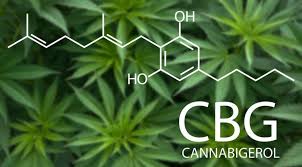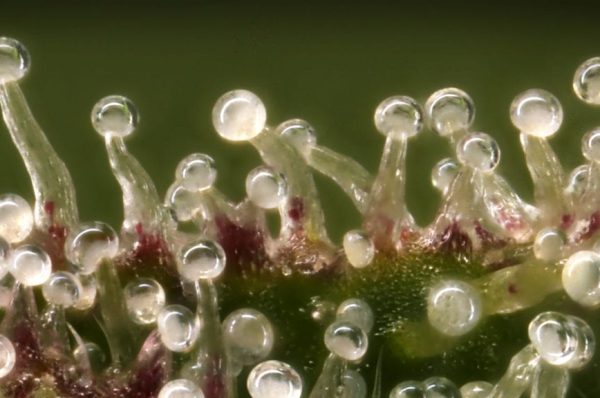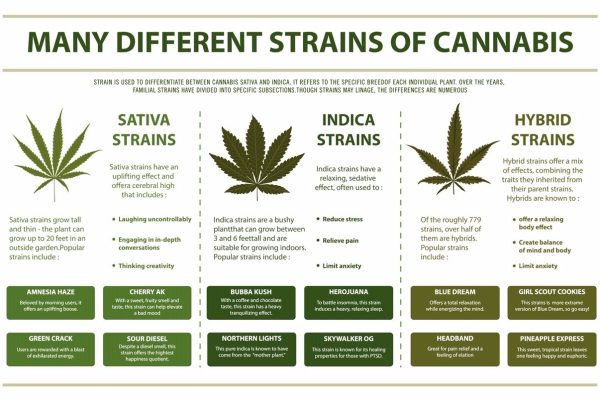Cannabigerol (CBG) is a non-psychoactive cannabinoid found in the cannabis plant, typically in low concentrations. However, its potential therapeutic benefits have sparked significant interest in the scientific and wellness communities. Unlike its more famous counterparts, THC and CBD, CBG is often referred to as the “mother of all cannabinoids” because other cannabinoids are derived from cannabigerolic acid (CBGA), an acidic form of CBG. This post delves into the extraction of CBG from hemp biomass, its health-related benefits, and the genetics behind hemp strains cultivated to produce high CBG content.
Extraction of CBG from Hemp Biomass
The extraction of CBG from hemp begins with the identification of hemp strains that are genetically predisposed to produce high amounts of CBG. Once the hemp is harvested, the CBG is extracted through various methods, with the goal of preserving the purity and potency of the CBG content.
1. Carbon Dioxide (CO2) Extraction:
This method uses supercritical CO2 as a solvent to extract CBG and other cannabinoids from the plant. It’s favored for its safety, cleanliness, and the ability to fine-tune the extraction process to target specific compounds.
2. Ethanol Extraction:
Ethanol extraction involves soaking the hemp plant in ethanol to pull the cannabinoids and terpenes from the plant material. The solution is then concentrated to increase the cannabinoid content and remove unwanted substances.
3. Hydrocarbon Extraction:
This method uses hydrocarbons like butane or propane as solvents. It’s highly efficient in extracting cannabinoids and terpenes but requires careful handling and post-processing to remove all traces of the solvent from the final product.
4. Steam Distillation:
This traditional method uses steam to vaporize the cannabinoids and terpenes, which are then condensed and collected. While less efficient, it’s a solvent-free method, making it appealing to those looking for a natural product.
Health-Related Benefits of CBG
CBG has been researched for its potential therapeutic effects, though it’s important to note that more clinical research is needed to fully understand its benefits and side effects. Some of the potential health-related benefits of CBG include:
1. Anti-inflammatory Properties:
CBG may help in reducing inflammation by targeting the underlying mechanisms of various inflammatory diseases.
2. Neuroprotective Effects:
Studies suggest that CBG might protect neurons in neurodegenerative diseases like Huntington’s disease.
3. Appetite Stimulation:
CBG has been shown to stimulate appetite in rats, making it a potential therapeutic candidate for conditions like cachexia or anorexia.
4. Antibacterial Properties:
CBG has demonstrated antibacterial properties, particularly against MRSA, a strain of staph bacteria that’s resistant to several antibiotics.
5. Cancer-Fighting Potential:
Preliminary studies indicate that CBG might block receptors that cause cancer cell growth and inhibit the growth of colorectal cancer cells.
Consumption Methods of CBG
The benefits of CBG can be accessed through various consumption methods, each offering different advantages:
1. Edibles:
Ingesting CBG through edibles is a discreet and easy method of consumption. It offers prolonged effects but takes longer to kick in due to the digestion process.
2. Smoking Flower:
Inhaling CBG through smoking provides the quickest onset of effects. However, it may not be suitable for individuals with respiratory issues.
3. Topical Creams and Lotions:
CBG-infused topicals can be applied directly to the skin, targeting localized areas for anti-inflammatory and pain-relief effects.
4. Tinctures:
Tinctures are liquid extracts that can be taken sublingually (under the tongue), offering a balance between onset speed and effect duration.
Hemp Strains and Genetics for High CBG Content
Cultivating hemp strains for high CBG content involves genetic selection and breeding techniques. Breeders look for strains that naturally produce higher amounts of CBGA, the precursor to CBG. Through selective breeding, they can develop strains with genetics predisposed to convert more of their CBGA into CBG rather than other cannabinoids like THC or CBD.
Farmers may also harvest the hemp plants earlier than usual because CBG is converted into other cannabinoids as the plant matures. By harvesting early, they can extract the plant when CBG levels are at their peak.
In conclusion, the potential health benefits of CBG are vast, and its extraction from hemp biomass is a growing field in the cannabis industry. With continued research and development in hemp genetics, we can expect to see more high-CBG strains and a better understanding of how this cannabinoid can benefit our health and well-being




